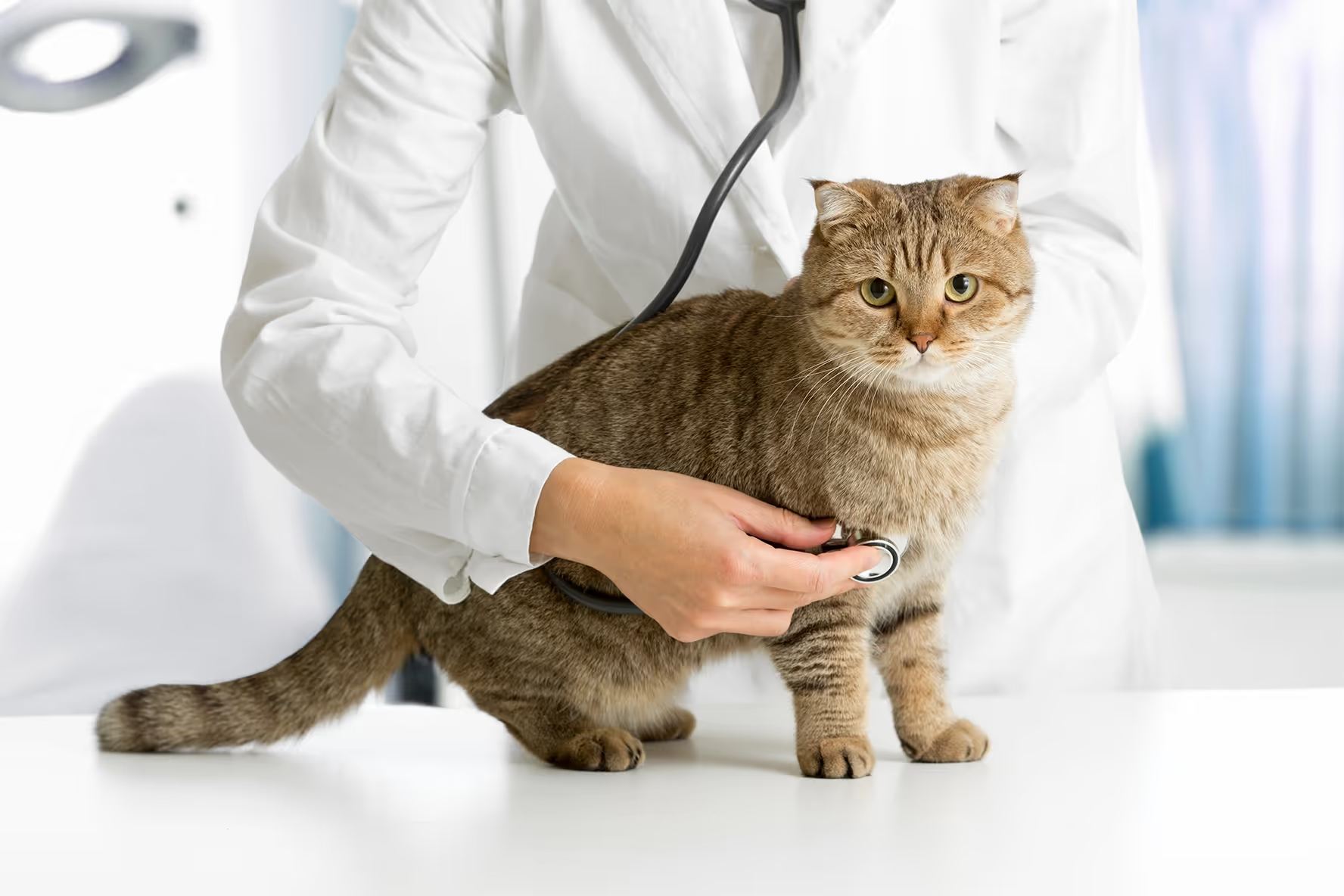
Rottweilers are loyal, loving companions known for their strength and protective nature. Did you know that these powerful pups were once used as herding dogs by Roman legions? Rottweilers are resilient, but like many large breeds, they are prone to certain health issues, including a higher likelihood of developing cancer.
While this might sound alarming, it’s important to focus on the positive strides being made in veterinary care. Advances in early detection and treatment mean that more Rottweilers are living longer, healthier lives despite the odds. By being proactive about their health—like regular vet check-ups and maintaining a balanced diet—you can help your Rottweiler live their best life. Understanding the risks is the first step in keeping them happy and healthy, so let’s dive into what you can do to support your Rottweiler’s well-being.
Common health concerns in Rottweilers
Hip and Elbow Dysplasia
Hip and elbow dysplasia are genetic conditions where the joints do not develop properly, leading to arthritis and pain over time. Rottweilers are especially prone to these issues due to their size and build. Regular veterinary check-ups, maintaining a healthy weight, and providing joint supplements with your vet’s recommendation can help manage these conditions and improve your Rottweiler’s quality of life.1,2
Heart Problems
Rottweilers are also more susceptible to heart issues, particularly a condition known as subaortic stenosis (SAS). This condition causes a narrowing of the aorta, leading to heart strain and potential failure. Early diagnosis through regular heart screenings is essential, and with proper care, many dogs can manage the condition effectively.2,3
Obesity
Given their large, muscular build, Rottweilers can easily become overweight if not exercised regularly and fed a balanced diet. Obesity can exacerbate other health issues, such as joint problems and heart disease. Keeping your Rottweiler active and monitoring their diet is key to preventing obesity and its associated risks.4
Osteochondritis Dissecans (OCD)
Osteochondritis Dissecans (OCD) is a joint condition common in large breeds like Rottweilers, where the cartilage in joints fails to develop properly and leads to pain and inflammation. It typically affects the shoulders, elbows, or knees and can cause lameness—especially in young, growing dogs. Excess weight can lead to an increase in OCD symptoms.2,3
Cruciate Ligament Ruptures
Cruciate ligament ruptures are a common injury in Rottweilers, affecting the knee joint and causing pain and instability. This condition often requires surgical intervention to restore proper function and prevent long-term joint damage or arthritis.2
Bloat (Gastric Dilatation-Volvulus)
Rottweilers are also prone to bloat, a serious and potentially life-threatening condition where the stomach fills with gas and twists. This can cut off blood supply and cause shock. Bloat requires immediate veterinary attention. Feeding your dog smaller, more frequent meals and avoiding vigorous exercise after eating can help reduce the risk of bloat.1
Cancers in Rottweilers
Rottweilers are unfortunately at a higher risk of developing certain types of cancer. While the risk is concerning, advancements in early detection and veterinary oncology are continuing to improve outcomes, allowing many Rottweilers to lead longer, healthier lives.
Osteosarcoma
Osteosarcoma is one of the most common cancers affecting Rottweilers. This aggressive bone cancer often affects the limbs and can cause significant pain and swelling. Because it spreads quickly, early diagnosis and treatment are crucial. While the prognosis can be challenging, advancements in surgical techniques and chemotherapy have improved outcomes for many affected dogs.1
You can learn more about Osteosarcoma in our blog about it here.
Hemangiosarcoma
Hemangiosarcoma is a cancer of the blood vessels and is another type frequently seen in Rottweilers. It often originates in the spleen, liver, or heart. Symptoms can be subtle until the disease is advanced, making regular veterinary check-ups important for early detection. Treatment typically involves surgery and chemotherapy when hemangiosarcoma is in an organ or muscle, but skin hemangiosarcoma is treated with surgery alone.3,5
You can learn more about how hemangiosarcoma affects dogs in our post here.
Mast Cell Tumors
Mast cell tumors are a type of skin cancer that can appear as lumps or bumps on the skin. Rottweilers are prone to developing these tumors, which can vary in severity. Early removal of the tumors through surgery is often effective, but more aggressive forms may require additional treatments such as radiation or chemotherapy.
Learn more about Mast Cell Tumors here
Lymphoma
Lymphoma is a cancer of the lymphatic system and is relatively common in Rottweilers. It can affect lymph nodes, the spleen, liver, and other organs. Lymphoma often responds well to chemotherapy, and early treatment can significantly improve the prognosis.
In most breeds, including Rottweilers, multicentric lymphoma is the most frequently encountered form of lymphoma. This type of lymphoma affects the lymph nodes throughout the body. Multicentric lymphoma is characterized by the enlargement of lymph nodes in multiple areas, such as the neck, shoulders, behind the knees, armpits, and groin.
The signs of multicentric lymphoma in Rottweilers can vary. Some may not show any noticeable symptoms and seem perfectly healthy, while others might exhibit swollen lymph nodes, lethargy, loss of appetite, weight loss, vomiting, diarrhea, increased drinking and urination, heavy breathing, and occasionally fever. Diagnosis involves a fine needle aspirate (FNA) of an enlarged lymph node to analyze the cells and confirm the presence of cancer.
Though multicentric lymphoma is the most common type in Rottweilers, other forms such as alimentary (gastrointestinal), mediastinal (chest/lungs), and extranodal lymphoma such as cutaneous (skin) can also be found in this breed. Treatment for multicentric lymphoma generally includes chemotherapy, which can induce remission and enhance the quality of life. Unlike in humans, chemotherapy for dogs is tailored to maintain a good quality of life during their treatment.
Treatment options for Lymphoma in Rottweilers
Treating lymphoma in Rottweilers involves a variety of approaches, with the most common being chemotherapy. Given the lymphatic system’s widespread nature, a comprehensive treatment plan is essential. Chemotherapy for Rottweilers can include different forms, such as infusions or oral medications, and various protocols. Some protocols involve rotating through several drugs over several months, while others may utilize a single drug administered on a monthly basis.
Another treatment method is radiation therapy, which, while less common, can be used to treat lymphoma by focusing on specific areas of the body. This approach can be useful in certain cases where chemotherapy might not be ideal, or as a supplement in addition to chemotherapy treatment.
Palliative care, including steroid-only therapy, is another option for some Rottweilers. This approach focuses on providing comfort and managing symptoms rather than attempting to induce remission. This may be a preferred choice for older dogs or those with significant health issues that make them poor candidates for aggressive treatments.
You can read more about the benefits of steroid-only treatment in this post.
Ultimately, choosing the best treatment option for your Rottweiler involves evaluating what is most appropriate for their health and your circumstances.
How ImpriMed can support your Rottie through a lymphoma diagnosis
Your dog is one of a kind. So why does traditional veterinary medicine treat them as though they are one of many? With traditional veterinary medicine, treatment is based on the idea that every dog should react similarly to the same treatment even though, just like humans, every canine patient is different.
At ImpriMed, we change this paradigm by customizing treatment plans to meet the unique needs of your dog.
Using advanced technology and a comprehensive database of canine lymphoma cases, we create a Personalized Prediction Profile specifically for your furry companion. This profile enables your veterinarian to choose the most effective anti-cancer medications and develop a treatment plan designed to achieve and maintain remission as quickly as possible. This personalized approach helps ensure your dog’s health and longevity, tailored to their individual needs rather than just their breed.
References:
- https://www.petmd.com/dog/breeds/rottweiler
- https://www.dogster.com/dog-health-care/common-health-problems-in-rottweilers
- https://pethelpful.com/dogs/Common-Health-and-Genetic-Disorders-in-Rottweilers
- https://langstonanimalhospital.com/client-resources/breed-info/rottweiler/
- https://www.akcchf.org/educational-resources/library/articles/Rottwiler-Update-Spring-2021-HSA.pdf
- https://www.ufaw.org.uk/dogs/rottweiler-osteosarcoma
- https://www.petmd.com/dog/slideshows/general-health/dog-breeds-highest-cancer-rate


